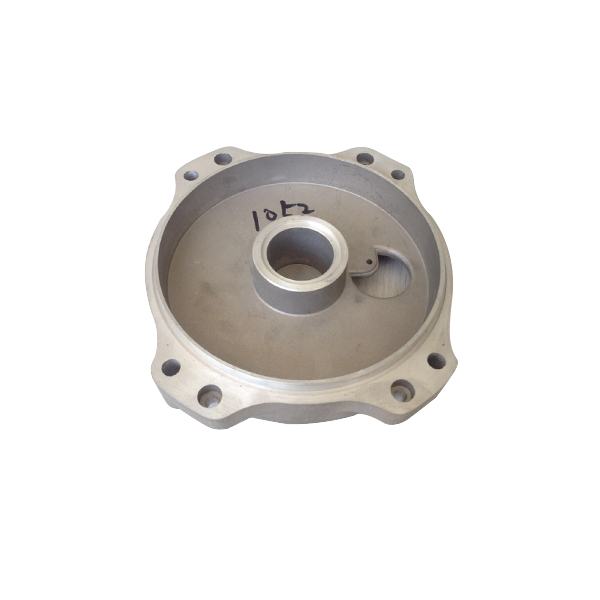Mobile:+86-311-808-126-83
Email:info@ydcastings.com
single suction impeller
Understanding Single Suction Impeller Design and Applications
A single suction impeller is a critical component in many fluid machinery systems, particularly in centrifugal pumps. Understanding its design, operation, and applications provides insight into how it functions within various industries, influencing efficiency and performance.
What is a Single Suction Impeller?
A single suction impeller is a type of impeller that draws fluid into the pump from one side, or the suction side, as it rotates. This design contrasts with double suction impellers, which draw fluid from both sides, allowing for more balanced operation. The single suction impeller is typically characterized by its simple design, which includes a hub and vanes that are mounted on the central shaft.
Design Features
The design of a single suction impeller enhances its ability to move fluids effectively. Key features include
1. Vane Configuration The vanes of a single suction impeller are designed to impart kinetic energy to the fluid, converting it into pressure. The number of vanes and their shape can vary, affecting the flow characteristics and efficiency.
2. Inlet and Outlet The fluid enters the impeller through the eye (the central inlet) and is expelled at the periphery. This design aids in creating a centrifugal force that accelerates the fluid outwards.
3. Material Selection Impellers are typically made from materials such as stainless steel, bronze, or various polymers to withstand different operating conditions, including corrosive liquids or high temperatures.
Working Principle
The functioning of a single suction impeller is based on centrifugal force. When the impeller spins, the fluid enters through the inlet, where it is captured by the vanes. As the impeller rotates, the curved shape of the vanes propels the fluid outward, increasing its velocity. The high-speed fluid then exits the impeller and flows into the volute or diffuser, where its kinetic energy is transformed into pressure energy, allowing it to move through the system.
Advantages of Single Suction Impellers
single suction impeller

1. Simplicity The single suction design is less complex than double suction counterparts. This simplicity can lead to easier maintenance and troubleshooting.
2. Compact Size Single suction impellers often have a more compact design, which can save space in installations where dimensions are crucial.
3. Cost-Effectiveness Generally, single suction pumps are less expensive to manufacture, which can reduce initial costs for applications requiring high flow rates at moderate pressures.
4. Higher Efficiency In specific applications, single suction impellers can provide higher efficiencies under certain flow conditions due to their design.
Applications
Single suction impellers are utilized across a variety of applications
1. Water Supply Systems These impellers are common in municipal water systems, where they are used to pump water from sources like rivers or reservoirs to treatment facilities.
2. Agricultural Irrigation In agriculture, single suction pumps facilitate irrigation by efficiently moving water from wells or other sources to fields.
3. Industrial Processes Many industries use single suction impellers in processes that require the movement of liquids, such as chemical processing, food and beverage production, and oil and gas operations.
4. HVAC Systems In heating, ventilation, and air conditioning systems, single suction impellers help circulate fluids for optimal system performance.
Conclusion
In conclusion, the single suction impeller is an essential design in the field of fluid mechanics, providing effective and efficient solutions for various applications. Its straightforward design, combined with the ability to handle substantial fluid volumes, makes it ideal for many practical uses. As technology progresses, improvements in materials and design will likely enhance the capabilities and efficiencies of single suction impellers, further solidifying their role in modern pump systems. Understanding the nuances of this component is crucial for engineers and operators looking to optimize fluid transport in their respective industries.
-
Why Should You Invest in Superior Pump Castings for Your Equipment?NewsJun.09,2025
-
Unlock Performance Potential with Stainless Impellers and Aluminum End CapsNewsJun.09,2025
-
Revolutionize Your Machinery with Superior Cast Iron and Aluminum ComponentsNewsJun.09,2025
-
Revolutionize Fluid Dynamics with Premium Pump ComponentsNewsJun.09,2025
-
Optimizing Industrial Systems with Essential Valve ComponentsNewsJun.09,2025
-
Elevate Grid Efficiency with High-Precision Power CastingsNewsJun.09,2025











